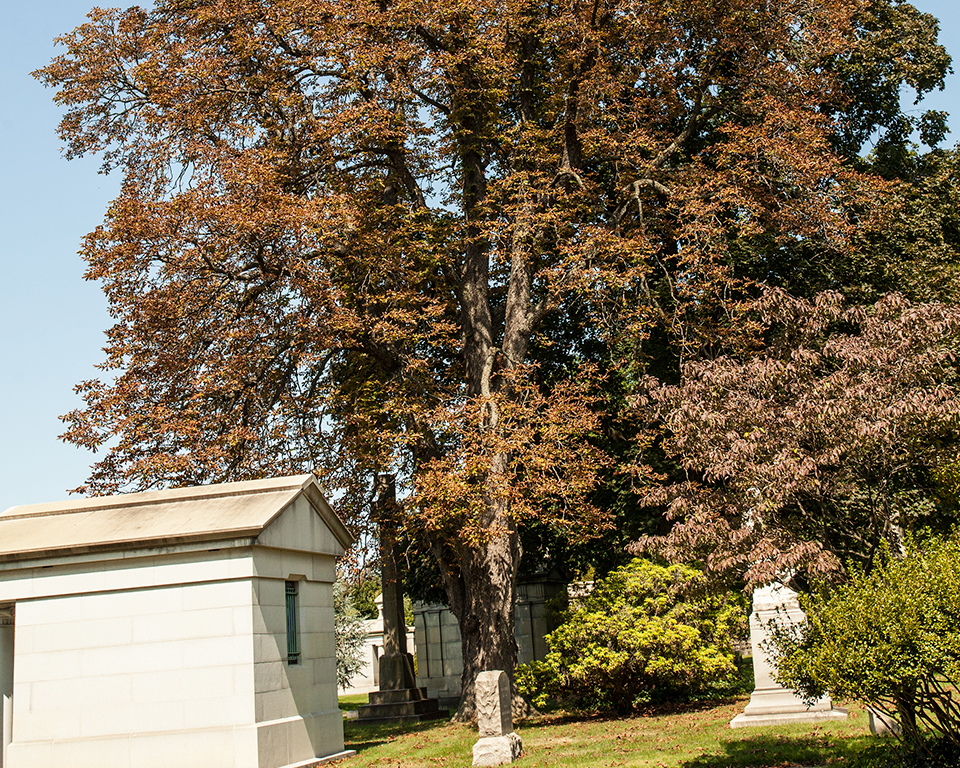PINUS STROBUS – HORSECHESTNUT

Horsechestnut prefers a sunny exposure for best flower display and to develop a symmetrical canopy. The tree casts dense shade with large foliage. It is easily transplanted and grows in almost any urban soil, including alkaline, but leaves are often infected with leaf blight. This causes early defoliation in many years. The large leaves, nuts and dropping twigs create litter which can be a nuisance if the plant is located close to pavement. The cultivar
‘Baumannii’ produces no fruit. Trees in one study in NY had trouble recovering from bare-root transplanting. Plants flower on previous season’s wood.
Not for dry climates unless irrigated in dry weather. Only moderately drought-tolerant. It will grow in calcareous soil. Good survival in ice storms probably due to the coarse branch structure. Trees are among those susceptible to summer branch drop in Britain. Summer branch drop is a phenomena resulting in failure and breakage of large diameter branches typically on calm summer days. This tree is commonly pollarded (kept small with regular pruning back to same point each year) in European gardens.
Wood is considered diffuse porous meaning that there is little difference in size of pores between spring and summer wood. Members of the Aesculus genus are considered poor compartmentalizers of decay. This means decay can develop and spread quickly following mechanical injury from construction activities near the tree, vandalism, or improper pruning cuts. Trees have naturalized in portions of Canada. Pollen can cause significant allergy problems for some people.

